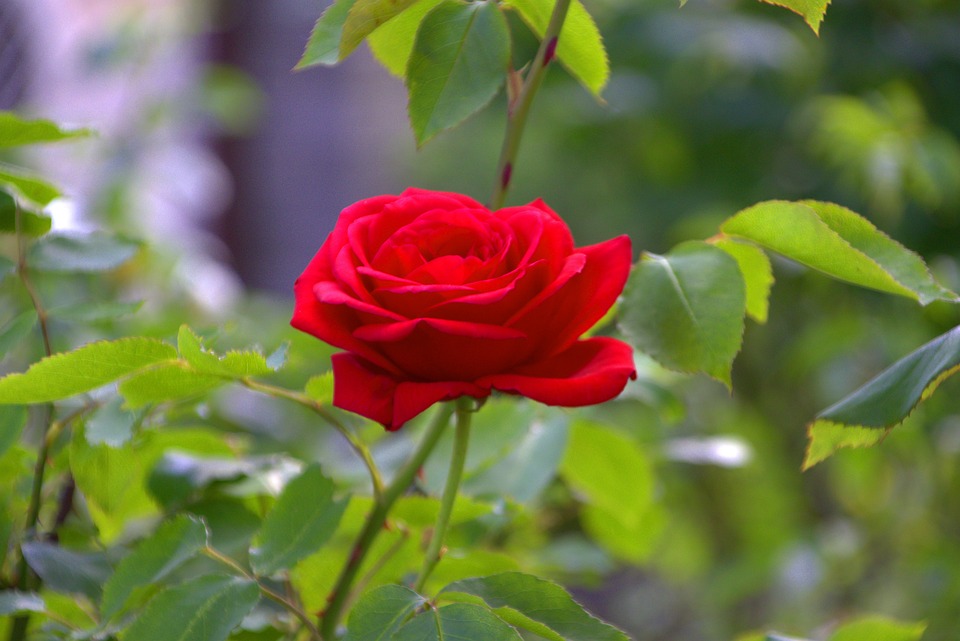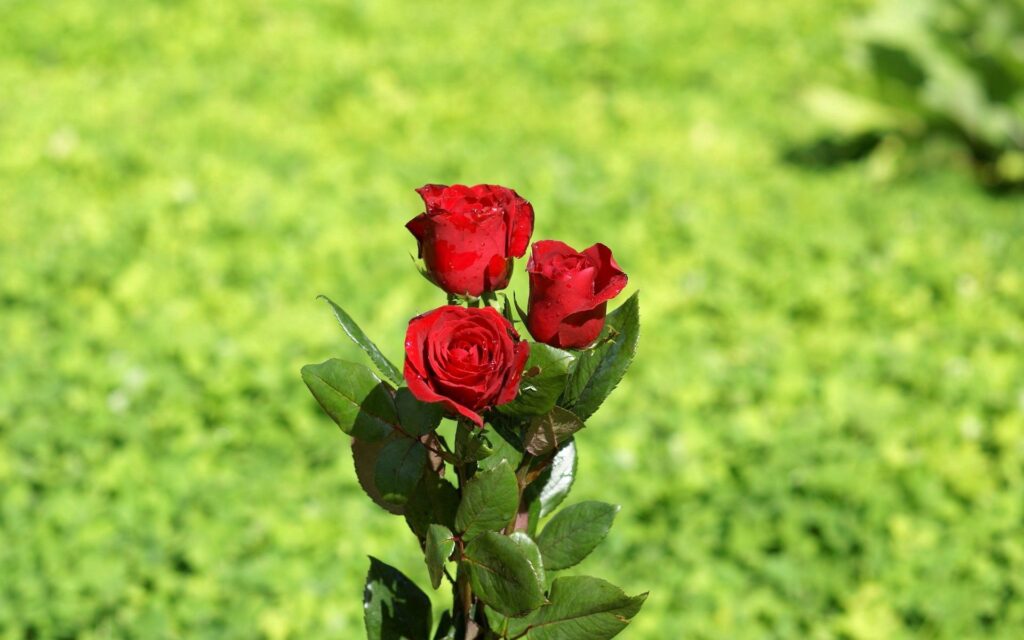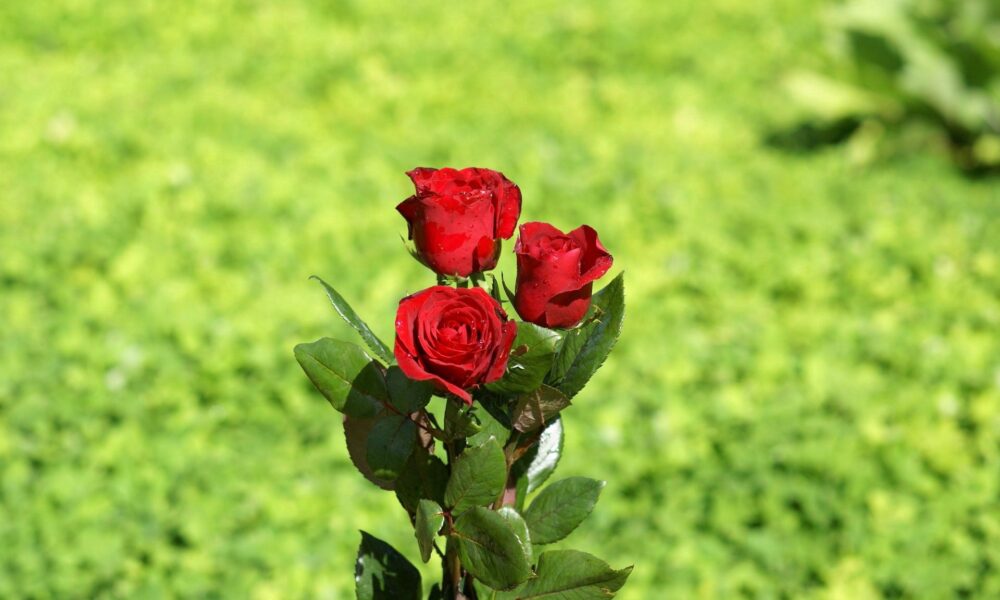Whether you’re just learning how to plant roses or you’re a seasoned expert, there are several tips and tricks to help you get the most out of your roses. These tips include: avoiding tucking your roses into an already packed garden, adding coco coir and fertilizing, and digging a hole as deep as your rose’s root ball.
Dig a hole as deep as your rose’s root ball
Having your rose planted at the proper depth is critical to the success of the plant. Roses have shallow roots and if planted too deep, the plant may be unable to sustain itself. The right depth will allow you to water the plant without fear of rot or root damage.
Before you dig, check the plant’s root ball to make sure it’s in good shape. It’s also a good idea to add a little extra organic matter to the hole to give the rose a healthy start. You can purchase this at your local big box store.

Using the right tool for the job can make the process easier. A pointed shovel is best, although you may also try a loppers.
The most impressive thing about the tool you choose is that it should be sturdy. You want to be able to lift the rose into the new hole without damage. You can also use it as a sling to carry the plant to the new location.
The other thing is that the correct tool can also help you to dig a hole that’s as deep as your rose’s root ball. The depth of the hole will vary according to the size and age of the plant. The best time to plant a rose is early in the spring. The soil moisture conditions may be more favorable at that time.
The best way to measure the hole’s size is to make a circle that is six to nine inches wide. This will allow you to easily measure the depth. You can then adjust the hole’s size accordingly. It’s also a good idea not to worry too much about the measurements.
Place a bamboo cane horizontally across the top of the hole
- Using bamboo as a supporting structure for roses can be an elegant way to grow your favorite plants. It also serves as a natural rainwater harvesting device. Bamboo canes are available in a variety of widths, colors, and styles. If you choose to use bamboo, it’s important to know the proper care and handling.
- Bamboo canes should not be nailed into the bamboo, and should be handled with care. In addition, the proper spacing of bamboo canes is important. They are best spaced about three inches on a side. Bamboo canes of differing widths may be paired together. This is particularly true for trellis structures.
- A bamboo cane can also serve as a mini-trellis to support climbing plants. This is particularly true for star jasmine, which can grow to 90cm tall. You may also want to tie young plants to the bamboo for protection.
- A bamboo cane tower is a great way to do this. If you don’t have room for one, you could construct one in a large pot. You could also construct one using a circle of plastic and a circle of wire. You could even attach the bamboo cane tower to a tower of bamboo using the same circle of wire. This is a nice alternative to the clunky old fence-style support system.
- The best way to judge the effectiveness of bamboo as a support for your roses is to test it out yourself. This can be done by inserting a bamboo pole into a hole and measuring the length from the bottom to the rim. Once you’ve made sure that the bamboo cane is in the right spot, you can begin planting.

Add coco coir
Adding coco coir to plant roses is an excellent way to enhance the quality of your soil for growing plants. This soil amendment is great for soil drainage and aeration. It also provides a great alternative to traditional stone wool or peat moss.
- This type of soil amendment is made from tough coconut fibers. It is also an excellent amendment for water retention. This is especially good for plant beds and worm bin bedding. It provides the plant with a great source of moisture and is environmentally friendly.
- Coco peat is also a good option for seed raising. It is lightweight, so it is easy to carry around. This type of soil amendment is perfect for hydroponic systems, since it promotes root growth. It is also great for outdoor and indoor planting.
- Coco peat is an ideal choice for a soil conditioner, since it is naturally anti-fungal and absorbent. It also has better moisture retention than peat moss, which makes it a great choice for planting seeds.
- Coco coir also promotes aeration of the soil, which can improve the airflow around the roots of the plants. Its pH level is very close to neutral. This makes it a great option for a wide variety of plants.
- Coconut coir can be purchased in a ready-to-use bag or in blocks. Before using coir, it is recommended to soak it in water for at least 15 minutes. This will allow it to absorb the water more slowly. Then, it should be mixed with other components of a growing medium.
- Coco coir is a great option for a plant amendment, as it is a lightweight, environmentally friendly material that can be used in a wide variety of ways.
Fertilize
Having a balanced diet for your roses is key to ensuring they are healthy. This includes the use of a good quality fertilizer and a mulch around the base of the plants.
When selecting a fertilizer, consider the type of roses that are growing in your garden. Roses are heavy feeders, and need a variety of nutrients. Some of the most common nutrients for roses include calcium, copper, iron, manganese, and sulfur. If you do not use a fertilizer that contains all of these elements, it may cause your roses to become susceptible to disease.
In order to ensure a balanced diet, rotate three different fertilizers throughout the growing season. This is a great way to avoid over-fertilizing your roses. This is also a cost-effective way to keep your roses healthy.
There are several types of organic fertilizers. One of the best is blood and bone meal. This product contains a good balance of nitrogen and iron. These nutrients help promote new growth and improve nutrient availability.
Another type of natural fertilizer is fish emulsion. This product can be applied once a month during the growing season. This helps stimulate the soil ecology, increases disease resistance, and improves the health of the rose bush.
A slow-release fertilizer is best for roses. This type of fertilizer provides the essential nutrients for healthy root development. Mixing bone meal with the slow-release fertilizer is a great way to ensure your roses have a healthy root system.
Alternatively, you can use coffee grounds to create a liquid fertilizer. Mix the grounds with five gallons of water for two days, then apply the resulting liquid fertilizer around the base of the plant.

Avoid tucking your roses into an already packed garden
Getting your roses out of their winter home may require more than just a little forethought. Although they are adapted to the elements, there’s no denying that they don’t take too kindly to being buried in cold weather. They’ll do well to get a little bit of sunshine and watering. The key is to keep the soil moist enough to avoid rot.
While it’s not a hard and fast rule, roses in your garden need good airflow. To do this, avoid planting them too close together. They also don’t do well in shade. If you have a choice, go for the taller, more compact variety. They’ll be less likely to get caught in a wind storm.
The best time to get rid of dead or dying canes is in the spring. They will soon look brown and brittle. You can also spread them around the garden to make the best of it. The best part is, they’ll grow back when the weather warms up.
While you’re at it, don’t forget to prune your roses. They’re not just for blooms, and their branches can get a little bit long and lanky during the colder months. During the fall, they can be given a good prune. It’s also a good idea to remove any leaves that are starting to turn yellow or brown. If your roses are too big for your liking, they might need a little extra help over the winter months.
A well-placed layer of mulch is the ideal way to go. Good choices include organically-rich bark chips, wood shavings and straw. A layer of small cornstalks or fir boughs can also help keep the mulch in place.

Leave a Reply